Hydrogen is one of the most abundant elements in the entire universe, but it has only recently become a key resource for our planet. The detection of hydrogen is fundamental because its versatility and unique properties make it ideal for use in so many areas, from energy production to advanced technology. Being much lighter than air, it is possible to find it at ground level, but it is often found in nature combined with other elements, thus offering the possibility of creating it by separation from them. The most common source is water, which, being composed of hydrogen and oxygen (H2O),
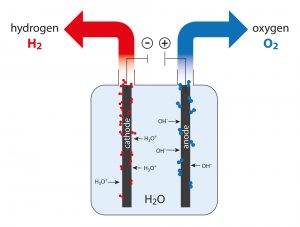
is broken down through a process of electrolysis to produce hydrogen.
Hydrogen production has rather high cost, which rises even higher when talking about green hydrogen. The energy used for electrolysis, if it comes from renewable sources such as wind, solar or nuclear, does not lead to any excess gas emissions and consequently has zero environmental impact. The overall production of hydrogen requires more energy than other fuels and, unless the electricity neeeded to produce it comes from renewable source, could be counterproductive.
Hydrogen, many applications for the future
Hydrogen has unique characteristics which allow it to be used in various applications, including:
- Energy production
- Sustainable mobility
- Industry
- Aerospace industry
- Energy storage
- Combustible cells and electronics
- Space explorazion
- Analysis and laboratory
These are some of the realities where Hydrogen is used, being in continuous delevopment many more will be added in the future. Over the next months, we will go into more detail.
Energy production
Hydrogen can be used as energy carrier to generate electricity through fuel cells. This process generates electricity by combining hydrogen with oxygen, producing only water as a by-product.
Sustainable mobility
Hydrogen can be used as a fuel for fuel cells vehicle, powering electric motors without harmful gas emission. This can help reduce air pollution and promote sustainable mobility.
Industry
Hydrogen is widely used in chemical industry to produce ammonia, which is essential for the production of many products. It can also be used as a reducing agent in some industrial process, such as steel production
Energy storage
Hydrogen can be used for storing energy in chemical form. Excess electricity from renewable energy sources can be used to produce hydrogen through electrolysis, later being used to generate electricity when needed.
Hydrogen, why is essential to detect it?
Hydrogen is a highly flammable gas and in certain concentrations can form explosive mixtures with air. By detecting it, potential accidents or explosions can be prevented both during its transportation and storage, especially in high-pressure storage systems. Furthermore, within industrial applications, it’s often used in chemical and manufacturing processes, and monitoring it helps optimise processes, ensuring that concentrations are kept within desired limits to maximise efficiency and reduce waste.
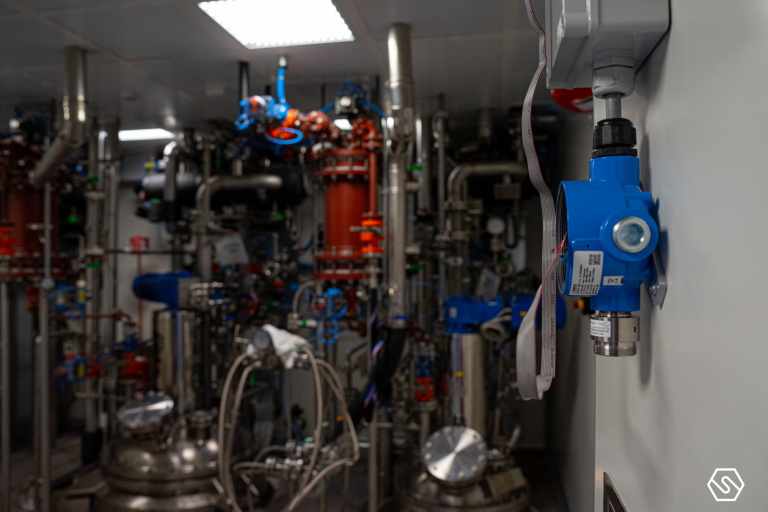
Hydrogen detection, witch detector use?
For safe and effective hydrogen detection within a plant, our SMART 3G gas detectors series are ideal:
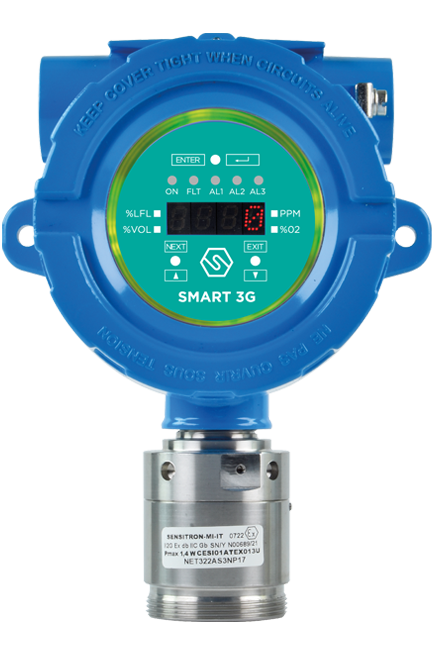
SMART 3G D2
Suitable for detecting flammable substances, toxic gases, refrigerants and oxygen in classified areas.
Certified ATEX, IECEx and SIL2/3
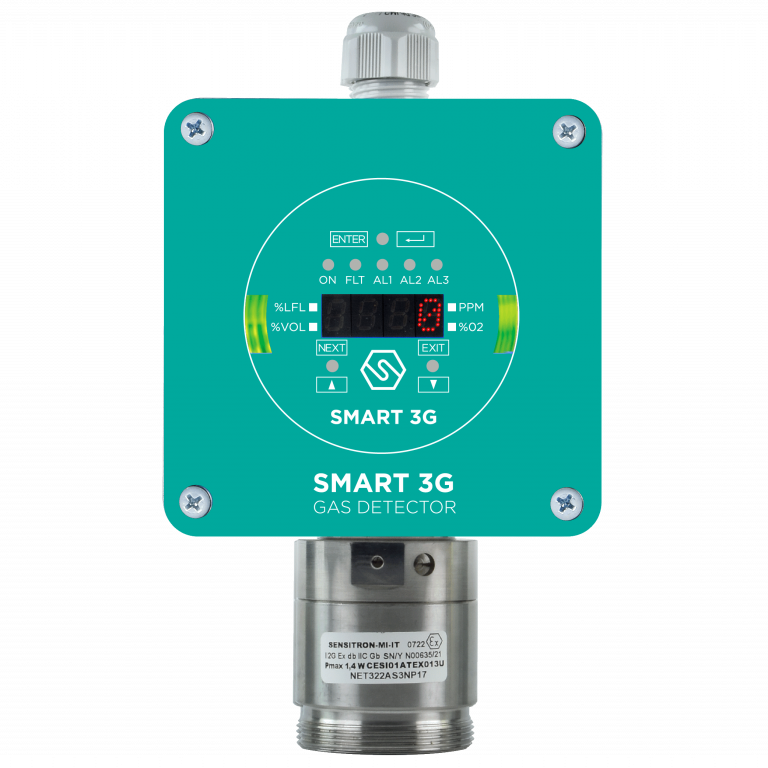
SMART 3G D3
Suitable for detecting in classified areas, Certified ATEX, IECEx and SIL2/3, allows non-intrusive field calibration.
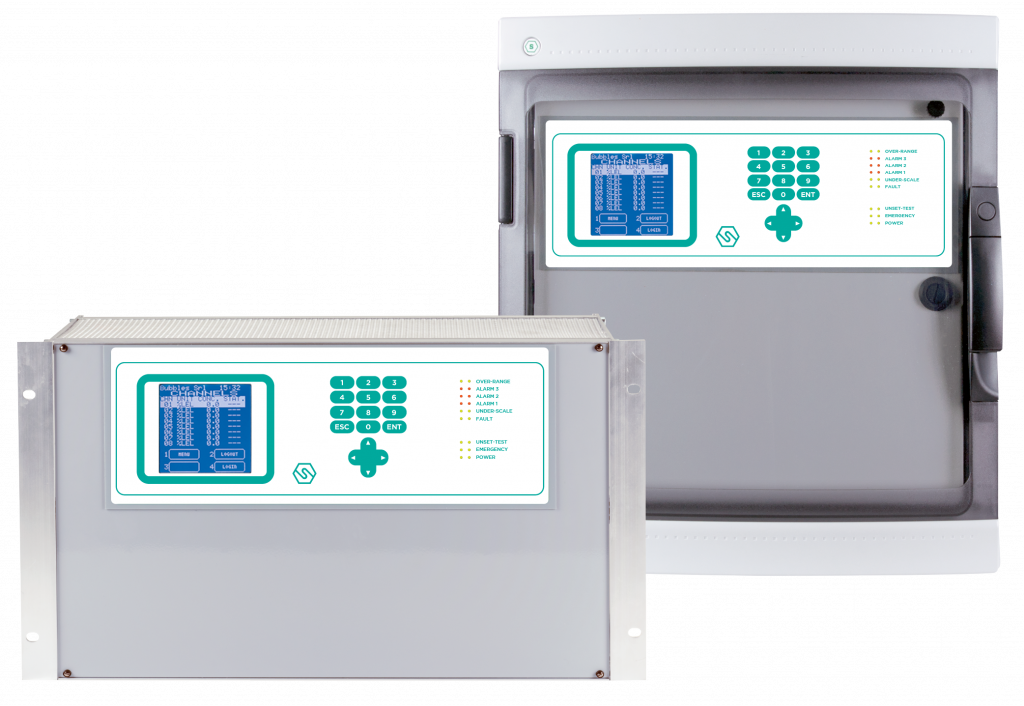
MULTISCAN ++S1/++S2
Designed to meet the widest demand from the market, they allow management of up to 264 detectors. ATEX and SIL certified.
Our certifications for Hydrogen detection
The use of hydrogen within various applications, as well as during its storage or transport, requires very careful attention to avoid risks and hazards. Our products are certified to work under harsh conditions, guaranteeing safety.

ATEX
The Directive establishes the requirements and evaluation of equipment intended for potentially explosive atmospheres.

IECEx
The IECEx system is an international certification system. It is developed by the International Electrotechnical Commission.

SIL2 (3)
The Safety Integrity Level (SIL) is the ability to reduce the assessed risk while ensuring the reliability of the safety systems.
The use of Augmented Reality
Though the use of augmented reality it’s possible to view our gas detectors in detail, open them to see the components and read technical details.
Our detectors in augmented reality are available on Instagram.
Follow us on Linkedin
Follow us on Instagram

